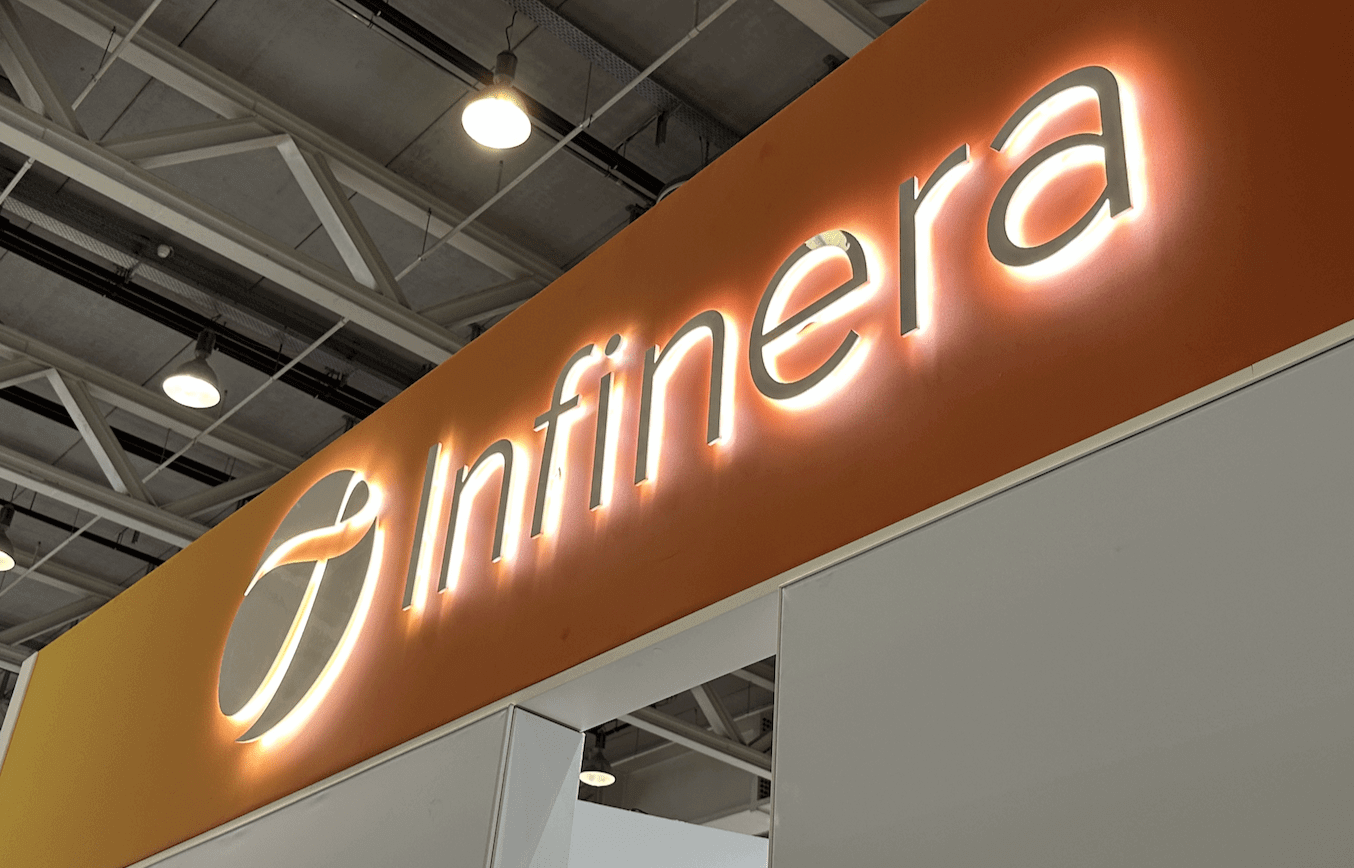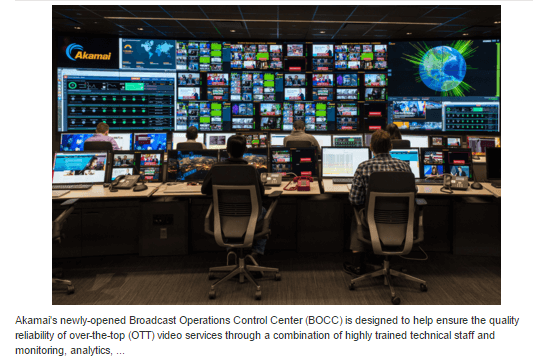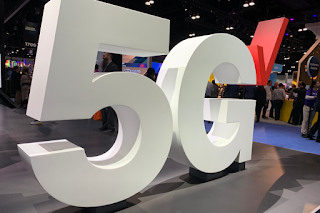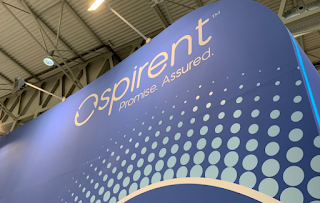
Allo Technology Sdn. Bhd. (Allo), a wholly owned subsidiary of Tenaga Nasional Berhad (TNB), is using Infinera's ICE-X intelligent coherent pluggables and XTM Series to boost its nationwide optical network and expand services across Malaysia. The Allo Carrier Network System (ACNS) is the optical backbone for Malaysia, providing direct connectivity with broad coverage spanning the peninsula.
The selection was based on a point-to-point performance during a recent field trial where Infinera’s suite of ICE-X intelligent pluggables was hosted in Infinera’s XTM Series packet optical networking platform across Allo’s network spanning 1,228 kilometers from the Thailand border to Malaysia. The demonstration delivered both high transmission performance and efficient traffic aggregation, while also significantly expanding overall network capacity. Infinera’s solutions enable Allo to expand its services across Malaysia to bring broadband connectivity to the entire country, extending broadband services to parts of the country where services are not currently available.
Planned network deployments include point-to-multipoint network architectures utilizing the wide range of deployment options of Infinera’s ICE-X intelligent coherent pluggables and the XTM platform.
“Infinera’s ICE-X suite of coherent pluggables is redefining network scalability, flexibility, and economics for bandwidth applications for single- and dual-fiber networks. For network operators like Allo, Infinera’s latest solutions are game changing, enabling them to leverage existing network assets to extend bandwidth services seamlessly and efficiently,” said Ryan Perera, Senior Vice President, APAC Sales at Infinera. “This increases the value of their network infrastructure while positioning them for future growth.”

















































